Which Waterproofing Method Should You Opt For?
The concept of waterproofing helps prevent the ingestion of water into the surface or walls. Waterproofing has been changing constantly with the improvement in architectural designs and availability of materials used while construction.It has become a common necessity these days to keep your house dry from roof to basement. Keeping the walls dry also helps in preventing insect infestation, mold and building failures. Waterproofing can reduce the wear and tear and increase the life-span of a building too.
It's highly essential to waterproof your house before the monsoon seasons as one might tend to face issues like seepage of water into a house.

Read below to know about the various materials and techniques used in waterproofing.
- Bituminous treatment
- Metallic sheet wrapping
- Polyurethane waterproofing
- Box-type waterproofing
- Liquid membrane waterproofing
Bituminous coating
Bituminous coating provides a flexible coat protecting the surface against water. Bituminous coating is also referred to as the asphalt coating. These coatings are mostly used on concrete surface and are made from petroleum bi products. It is not suitable to expose it to the sunlight as they become become brittle and fragile. Bitumen coating is good against sunlight when mixed with acrylic based polymers.
Bituminous membrane
Like bituminous coating, the bituminous membrane is another popular waterproofing method used in low sloped roofs. Bituminous membrane consists of asphalt, polymers, resins and oils which improves its adhesive characteristics. A protective screed is applied to the membrane to prevent it from being damaged. The only down side to using the Bituminous membrane is it's low life-span and the reduced bonding property over time.
Polyurethane liquid membrane
Polyurethane liquid membrane is extremely popular when waterproofing the roof area of an house. The roof comes under direct contact with the weathering and is prone to wear and tear. Polyurethane membrane is expensive and the process of applying it is tedious. This membrane offers high flexibility and is quite sensitive to the moisture present on the surface. One has to evaluate the moisture content on the surface before applying this to prevent peeling or de-bonding of the membranes from the surface.
Liquid Membrane
Liquid membrane is a thin coating that usually consist of a primer coat and two top coats which are applied across the surface and rolled on. This liquid membrane cures into a highly flexible rubbery coating with elongation properties. Liquid waterproofing material is extremely durable and can be combined with other materials like modified asphalt.
Cementitious waterproofing
Cementitious waterproofing is the most popular kind and is used in interiors which are prone to water especially places like the toilets. Cementitious waterproofing is partially flexible and partially rigid. The rigidity does act as a disadvantage as this coating is not exposed to the sunlight and it wouldn't be prone to expansion or contraction constantly.
Metallic sheet wrapping
Thin foils of copper and aluminum are used for wrapping around concrete surfaces to prevent leaking problems. These metallic sheets are being sold with improved adhesives to prevent it from falling of the surfaces.
With monsoons around the corner, maybe it’s time you considered getting some waterproofing to protect your house. With several materials to choose from, its eventually up to your needs when choosing the one for you.
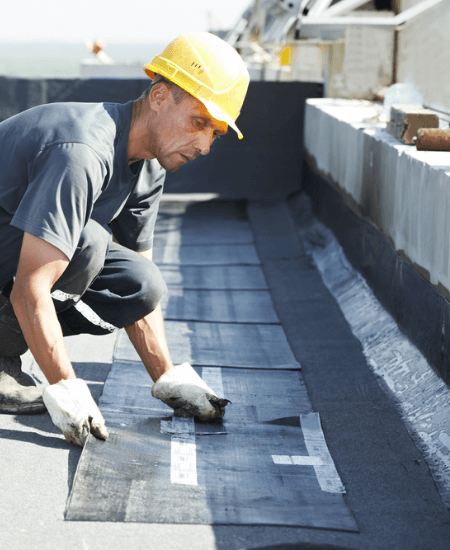


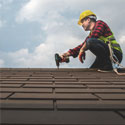
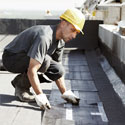
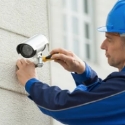


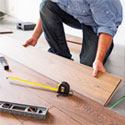
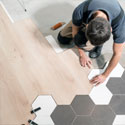

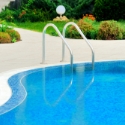

Post a Comment